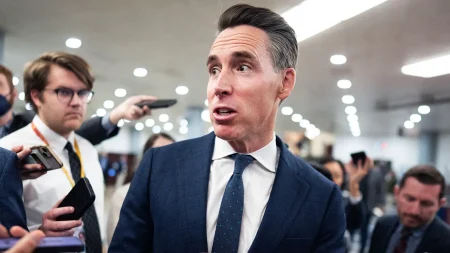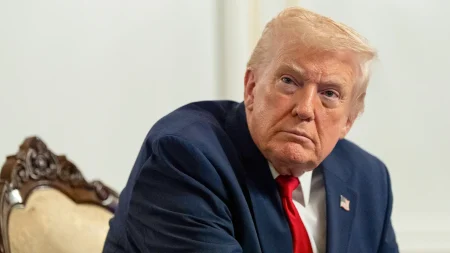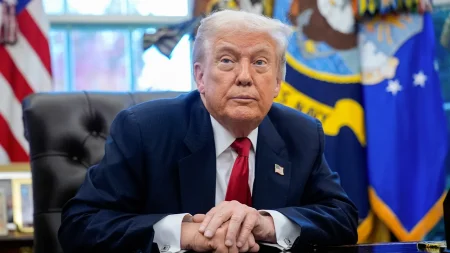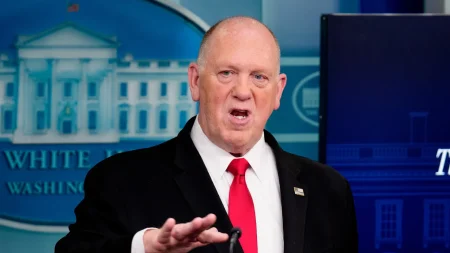Trump Signs Bill Ending America’s Longest Government Shutdown
After more than 40 days of uncertainty and mounting consequences, President Donald Trump has signed legislation to reopen the federal government, bringing an end to the longest shutdown in U.S. history. The breakthrough came as essential services faced increasing strain and federal workers prepared to miss their second paycheck, highlighting how political standoffs in Washington ultimately impact everyday Americans.
The resolution provides government funding through January 30, 2025, maintaining current spending levels while giving lawmakers additional time to negotiate a more comprehensive appropriations measure for fiscal year 2026. Crucially, the bill ensures the Supplemental Nutrition Assistance Program (SNAP) remains funded through September, protecting food assistance for over 42 million vulnerable Americans who depend on this program to purchase groceries. The legislation also addresses the immediate needs of federal employees by reversing recent layoffs initiated by the Trump administration and providing back pay for time missed during the shutdown.
The path to reopening the government required breaking a partisan impasse that had paralyzed Washington since October 1. The Senate ultimately passed the funding measure Monday night with a 60-40 vote that saw eight Democrats crossing party lines to support the Republican-led bill. The House followed suit on Wednesday, sending the legislation to President Trump’s desk for signature. This bipartisan compromise emerged only after shutdown consequences became increasingly difficult to ignore, particularly in the transportation sector where air traffic controllers and TSA agents working without pay began calling in sick or taking second jobs to make ends meet, causing flight delays and travel disruptions nationwide.
At the heart of the funding dispute was a fundamental disagreement over healthcare provisions. Republicans, led by President Trump, accused Democrats of attempting to provide healthcare to undocumented immigrants, pointing specifically to Democratic efforts to repeal portions of Trump’s “big, beautiful bill” that had reduced Medicaid eligibility for non-U.S. citizens. Democrats rejected this characterization, arguing their primary concern was permanently extending certain Affordable Care Act subsidies scheduled to expire at the end of 2025. The final compromise bill does not address these ACA subsidies directly, though Senate Majority Leader John Thune has committed to holding a vote in December on legislation to continue these healthcare credits.
The agreement represents a temporary truce rather than a permanent resolution to the underlying policy differences. While Senator Thune promised a December vote on extending ACA subsidies, House Speaker Mike Johnson has not made a similar commitment, suggesting that healthcare funding could remain a contentious issue as lawmakers approach the new January deadline. This temporary nature of the deal reflects the persistent challenge of reaching consensus in a divided government, where fundamental disagreements on policy priorities often lead to brinkmanship and last-minute compromises.
As federal agencies resume normal operations and employees return to work, the shutdown’s broader impacts continue to reverberate through the economy and the lives of those affected. For the thousands of federal workers who faced financial hardship during this period, the relief of receiving back pay must be balanced against the stress and uncertainty they endured. Meanwhile, both political parties will now turn their attention to negotiating a more comprehensive funding package before the January deadline, knowing that the same fundamental disagreements that triggered this shutdown remain unresolved. The episode serves as a stark reminder of how governance failures in Washington translate into real consequences for citizens, and raises questions about whether America’s political system can address significant policy differences without resorting to shutdowns that ultimately harm the very people government is designed to serve.















